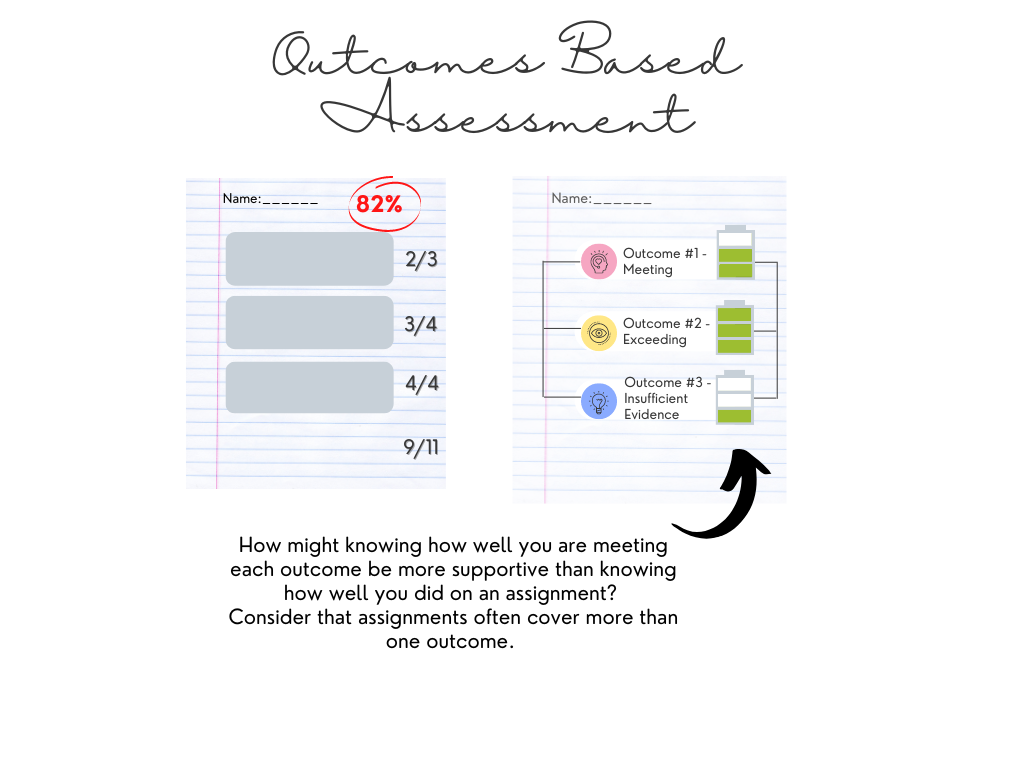-
USask Assessment Principles
In the 2022-23, USask adopted an updated set of principles about how we try to assess students. Here are some tips about using each of the principles in your course. Each principle is defined and related posts are listed. Is aligned with learning outcomes and instructional strategies (assessment of learning). Alignment refers to the process of planning your learning outcomes to describe what your students will be able to do, know or value, and then planning how you will assess and teach based on those outcomes. When align to outcomes, you only gather evidence of academic achievement that is critical to those outcomes. Watch this video what “aligned” means Understand…
-
Assessing student participation and attendance
While everyone agrees a grade is designed to represent what a student has learned, some educators also think grades should be used to motivate students. When our students seemed less inclined to attend or participate during and after the pandemic, we turned to something the grading literature does not support – giving a grade for being in class. Here’s a quick summary of what the research says on the subject of giving grades for participating (i.e., the 1-mark quiz) or attending: You might think What research says What experts recommend Giving a small grade for attendance motivates students to come to class You should include academic achievements, not behaviour, in…
-
Assessing Outcomes versus Grading Assignments
Shift your focus from grading tasks to assessing outcomes. Learn how this approach fosters deeper learning and provides a more meaningful evaluation of student progress. In this article, we will examine why assessing outcomes can target learning improvements better than grading assignments.Ooutcomes-based assessment starts with articulating what students will be able to do (the learning outcomes), followed by designing learning activities and assessments linked to the outcomes. However, even with clear outcomes and learning activities, instructors often fall into the habit of grading assignments rather than assessing outcomes. Consider the following scenario. Learner 1 and Learner 2 both have 75% in your class. How do you, the instructor, or the…
-
How to Make an Effective Rubric
Good rubrics have three key advantages: If you develop them, they help you align your assignment with your outcomes They help you have similar marks for different students’ assignments of similar quality (inter-rater reliability), if you practice using them with other instructors or your TAs They increase student understanding of the skills you want them to demonstrate and focus your students specifically on those skills Although a good rubric is very helpful, they can be hard to develop. This video describes why we use rubrics, common mistakes we make as we create them, and how to make a good one. Interested in more? View a one hour session from Sue…

